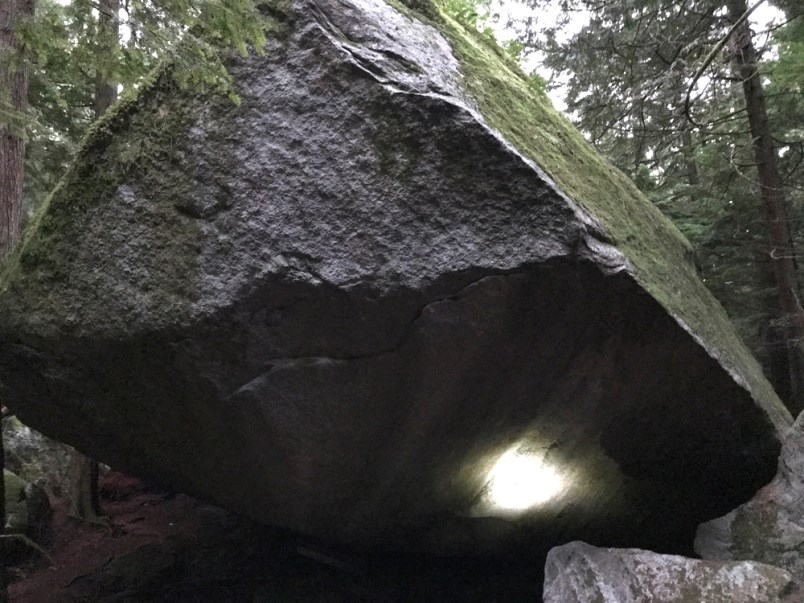Our natural parks are a resource that need to be defended.
Sadly, this is something that still requires a reminder, as recently two separate cases have brought light to damage being done in the Grand Wall forest.
At least one prominent boulder in the area has been chipped and, in another case, two boulders were scorched by blowtorches in order to dry them off for climbing.
These practices are unacceptable.
In both cases, the people who did these acts are believed to be climbers, and to its credit, the local climbing community has come out strongly condemning these practices.
With respect to chipping boulders, it is especially sad, given that Squamish has remained untouched by these acts until now, despite the high levels of traffic in the Grand Wall forest.
We can only hope that education will be the proper antidote.
Apologies to those of you who already know this — what I’m about to say here is going to be redundant.
But the fact these events happened demonstrate there are still more people who need to hear this message.
Anyone who enters any of the parks should operate under the ‘Leave No Trace’ philosophy. That is, when you leave, there should be no indication that you were ever there.
This means no garbage — an ongoing issue during this and many summers — and, in this case, no damaging things in the area.
Chipping and blowtorching rock qualifies as damage. Both practices destroy the rock — the former by blunt force and the latter by superheating the material and leaving it susceptible to cracks and breakage.
For those new to the climbing circuit in Squamish, even rearranging rocks or material around the forest is frowned upon. This includes rocks and logs that could make a landing spot near a boulder more precarious.
This may seem less innocuous than physically damaging material, but there are two reasons that come to mind as to why this shouldn’t happen.
First, the forest is a delicate ecosystem. Things should not be moved around haphazardly —even if it inconveniences you — because it can negatively affect wildlife and vegetation.
Secondly, from a sport point of view, it also detracts from those who had the courage to climb the boulder routes without altering the landings to make them safer.
Finally, using chemicals to clean the rock before a climb is forbidden. Introducing foreign substances into ecosystems can have disastrous effects for plants and wildlife.
There is obviously grey area, especially if you are a trail or route developer. In these cases, park authorities and the local access society should be consulted before alterations are made.
We’d be doing ourselves a favour to educate everyone who goes into our parks about local ethics. After all, going into a park is a privilege — one that can be easily taken away.


.png;w=120;h=80;mode=crop)
